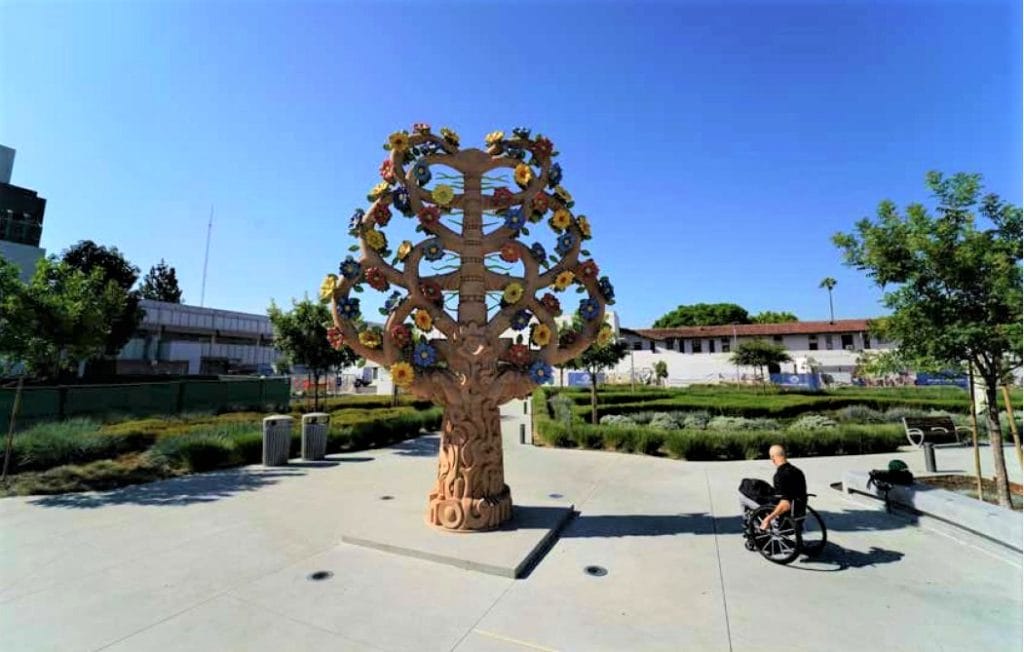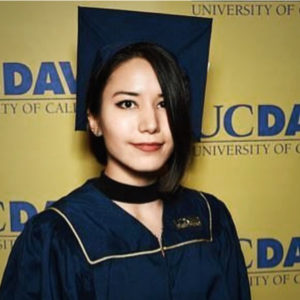Art Should Be Accessible to All, Shouldn’t It?

How do people with disabilities experience a painting or a sculpture or an installation? Shouldn’t artists (and museums) think more about the experiences of this important group of supporters?
Questions like these formed the basis of a project by Katrina Sullivan (MA, Arts Management, ’19) while she was a student in the university’s Center for Business & Management of the Arts (CBMArts). Sullivan completed her project in the course “Research & Evaluation for the Arts,” taught by Bronwyn Mauldin as part of the Arts Management master’s program.
The last thing Sullivan ever expected was that Mauldin—who serves as director of research and evaluation with the Los Angeles County Department of Arts and Culture—would tell her that her project deserved to be expanded into a full-fledged county report.
“I thought the project and the question she was asking were really interesting and very relevant to my work with the county,” Mauldin said.

With county support, Sullivan joined Mauldin’s department as a consultant and continued to research and write a report under Mauldin’s guidance and with her as co-author.
Together they completed “Accessibility and the Arts: Reconsidering the Role of the Artist,” a report recently co-published by CBMArts and the Los Angeles County Department of Arts and Culture. Read the full report here.
Making a Real Contribution
The report is based on Sullivan’s extensive interviews with 23 artists and other art professionals and appeared in late 2020, coinciding with the 30th anniversary of the Americans With Disabilities Act. The report lays out the many challenges facing art supporters with disabilities and ways to improve their access.
Sullivan said she never expected a classroom assignment to turn into a county-endorsed report with the potential of improving people’s lives.

“Working on this for the county was very rewarding,” she says. “It made me realize that, as a student, my opinions and thoughts were valued. As a student, I could make a real contribution that matters.”
For Mauldin, the inclusion of a research methods class as part of the curriculum––along with the opportunity for students like Sullivan to put their research into real practice––sets CBMArts’ program apart from competing programs at peer institutions.
Mauldin added that her CBMArts students are a rich source of innovative thinking and new approaches that the professional art world needs.
“Each semester, my students surprise me with the projects and questions they have,” she said. “They create fresh, new ideas that ultimately benefit our profession. It’s a thrill for me to work with them and to bring some of these ideas into my work with the county.”
- Visit here to learn more about degrees offered by the Center for Business & Management of the Arts